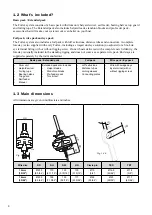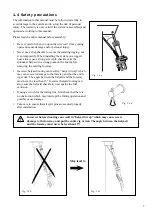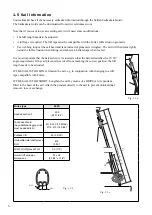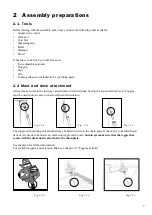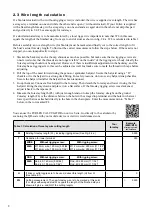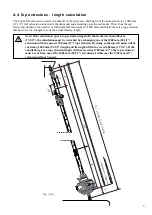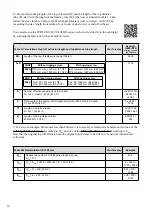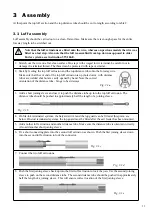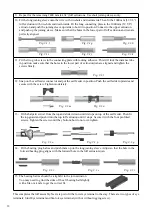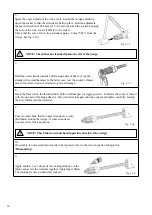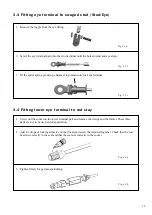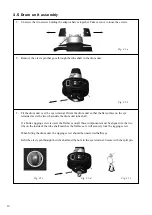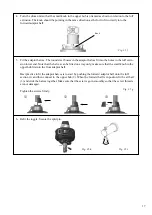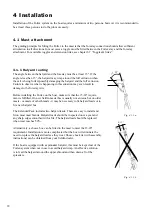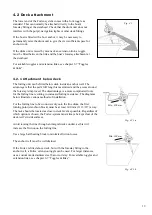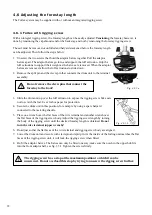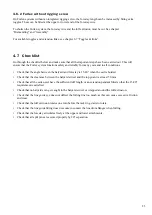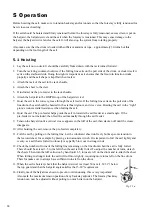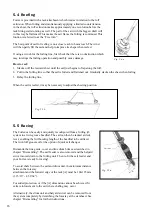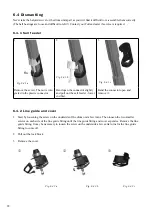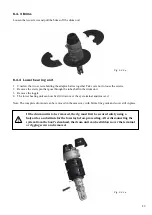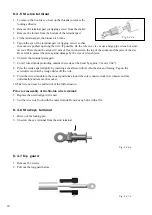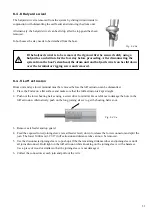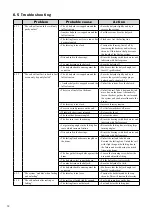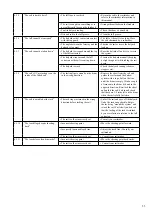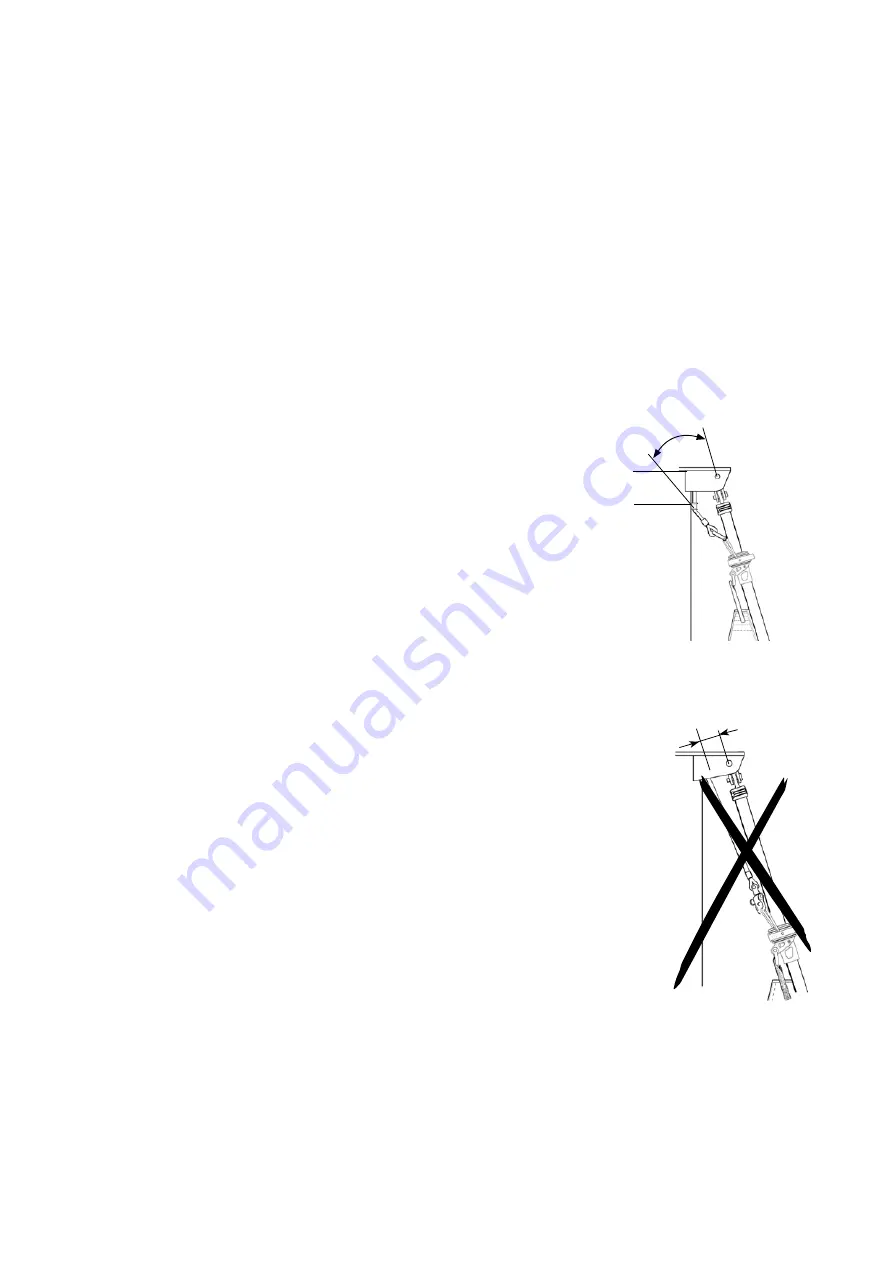
18
0–15°
15–20°
4.1 Mast attachment
4.1.1 Halyard routing
The guiding principle for fitting the Furlex to the mast is that the forestay connection should allow sufficient
articulation in all directions. In most cases a toggle must be fitted between the Furlex stay and the forestay
attachment. For available toggles and extension links, see chapter 6.7 “Toggles & links”.
The angle between the halyard and the forestay must be at least 15°. If the
angle is less than 15°, the halyard may wrap around the luff extrusion when
the sail is being furled, possibly damaging the halyard and the luff extrusion.
Failure to observe what is happening in this situation may even result in
damage to the forestay wire.
Before installing the Furlex on the boat, make sure that the 15-20° require-
ment is fulfilled. On new Seldén masts this is usually not an issue but on older
masts - or masts of other brands - it may be necessary to fit halyard leads or to
fit a new halyard box.
The Extended Pack includes two halyard leads. These are easy to install and
fit on most mast brands. Halyard leads should be inspected once a year and
any sharp edges smoothed with a file. The halyard lead should be replaced
when wear reaches 50%.
Alternatively, a sheave box can be fitted to the mast to meet the 15-20°
requirement. Installation is more complicated but the box will eliminate the
need to replace the halyard leads as they wear. Sheave box kits (with assembly
instructions) can be obtained from your Seldén dealer.
If the boat is equipped with a spinnaker halyard, this must be kept clear of the
Furlex-system when not in use to avoid halyard wrap. An effective solution
is to lead the halyard around the upper shroud and then down aft of the
spreaders.
4 Installation
Installation of the Furlex system on the boat requires a minimum of two persons, however it is recommended to
be at least three persons to do the job more easily.
Fig. 4.1.1.a
Fig. 4.1.1.b

